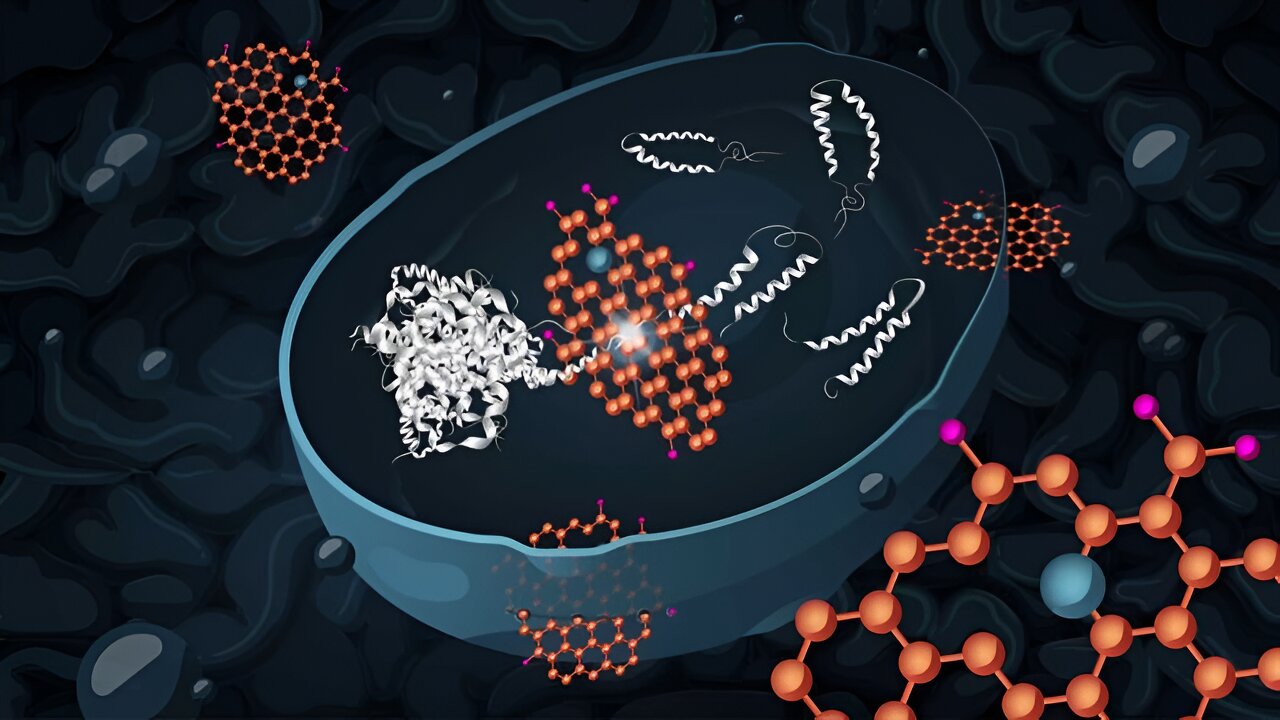Graphene oxide nanoflakes reduce the toxicity of Alzheimer's proteins, shows study
Date: 4.10.2023
A probable early driver of Alzheimer's disease is the accumulation of molecules called amyloid peptides. These cause cell death and are commonly found in the brains of Alzheimer's patients.
 Researchers at Chalmers University of Technology, Sweden, have now shown that yeast cells that accumulate these misfolded amyloid peptides can recover after being treated with graphene oxide nanoflakes.
Researchers at Chalmers University of Technology, Sweden, have now shown that yeast cells that accumulate these misfolded amyloid peptides can recover after being treated with graphene oxide nanoflakes.
Misfolded amyloid-beta peptides, A? peptides, that accumulate and aggregate in the brain, are believed to be the underlying cause of Alzheimer's disease. They trigger a series of harmful processes in the neurons (brain cells) – causing the loss of many vital cell functions or cell death, and thus a loss of brain function in the affected area. To date, there are no effective strategies to treat amyloid accumulation in the brain.
Researchers at Chalmers University of Technology have now shown that treatment with graphene oxide leads to reduced levels of aggregated amyloid peptides in a yeast cell model.
This effect of graphene oxide has recently also been shown by other researchers, but not in yeast cells," says Xin Chen, Researcher in Systems Biology at Chalmers and first author of the study. "Our study also explains the mechanism behind the effect. Graphene oxide affects the metabolism of the cells, in a way that increases their resistance to misfolded proteins and oxidative stress. This has not been previously reported."
Image source: Chalmers/Katharina Merl.























